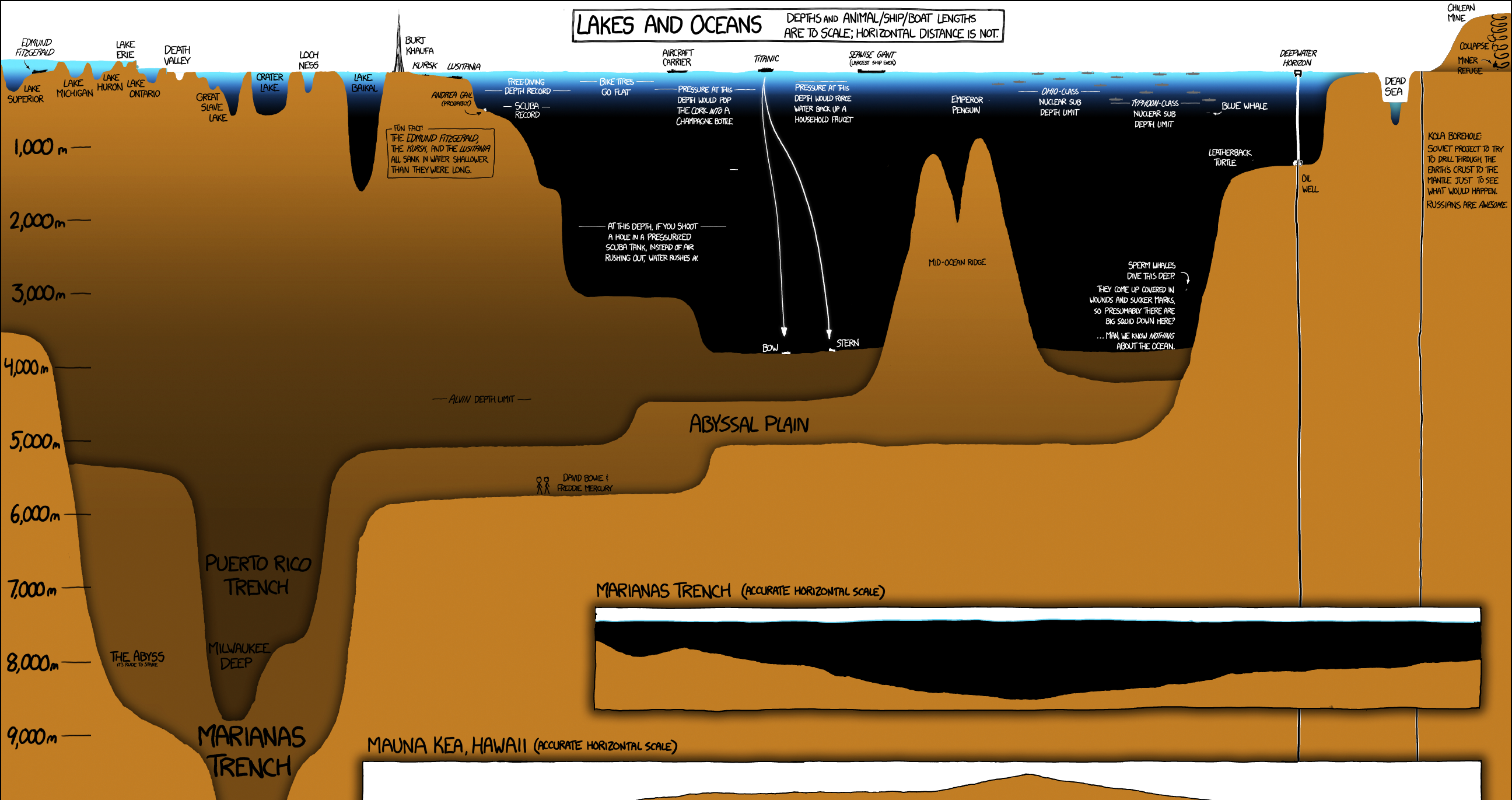[Interactive] With California’s Rainy Season Over, How Full Are the State’s Reservoirs?
The Golden State is entering into the hot season, and it is historically at this time that its reservoirs are filled to the brim with precipitation and the melting snowpack from the Sierra Nevada mountains. Residents were hoping that this would be the beginning of the end for the four-year drought. However, as this animated and interactive visualization timeline produced by The Lowdown shows, things are not looking good. It maps California’s 30 most important reservoirs and shows the pattern of water levels over the past five years. Click on any of these reservoirs above to see the related data. Most reservoirs are at levels similar or worse to those in 2014, and the snowpack is at a record low. In fact, a statewide survey found the water content to be only 5% of the April 1 average. Governor Jerry Brown has already took the unprecedented step of ordering mandatory rationing to try and reduce overall water usage by 25% by the end of year. However, as this economic blog points out, there is actually plenty of water to go around. It is simply an economic issue: water is seriously underpriced in California, which creates incentive to use more for lush green lawns, golf courses, and other amenities. Agriculture, which takes full advantage of underpriced water, accounts for 80% of water usage (but only 2% of economic activity). Californians will have to pay more for their water in some shape or form. Either they will have to pay more per gallon, or they will have to pay the big economic price for a long drought and government interventions. Unless a miracle happens in the coming months, the choice will be even more dire.
on Over recent decades, farmers have been able to more than double their production of crops thanks to fertilizers and the vital nutrients they contain. When crops are harvested, the essential nutrients are taken away with them to the dining table, resulting in the depletion of these nutrients in the soil. To replenish these nutrients, fertilizers are needed, and the cycle continues. The above infographic by Brazil Potash shows the role that each macronutrient plays in growing healthy, high-yielding crops.
Food for Growth
Nitrogen, phosphorus, and potassium (NPK) are three primary macronutrients that are the building blocks of the global fertilizer industry. Each plays a key role in plant nutrition and promoting crop growth with higher yields. Let’s take a look at how each macronutrient affects plant growth. If crops lack NPK macronutrients, they become vulnerable to various stresses caused by weather conditions, pests, and diseases. Therefore, it is crucial to maintain a balance of all three macronutrients for the production of healthy, high-yielding crops.
The Importance of Fertilizers
Humans identified the importance of using fertilizers, such as manure, to nourish crops dating back to nearly 6,000 to 2,400 BC. As agriculture became more intensive and large-scale, farmers began to experiment with different types of fertilizers. Today advanced chemical fertilizers are used across the globe to enhance global crop production. There are a myriad of factors that affect soil type, and so the farmable land must have a healthy balance of all three macronutrients to support high-yielding, healthy crops. Consequently, arable land around the world varies in the amount and type of fertilizer it needs. Fertilizers play an integral role in strengthening food security, and a supply of locally available fertilizer is needed in supporting global food systems in an ever-growing world. Brazil is one of the largest exporters of agricultural goods in the world. However, the country is vulnerable as it relies on importing more than 95% of its potash to support crop growth. Brazil Potash is developing a new potash project in Brazil to ensure a stable domestic source of this nutrient-rich fertilizer critical for global food security. Click here to learn more about fertilizer and food production in Brazil.































